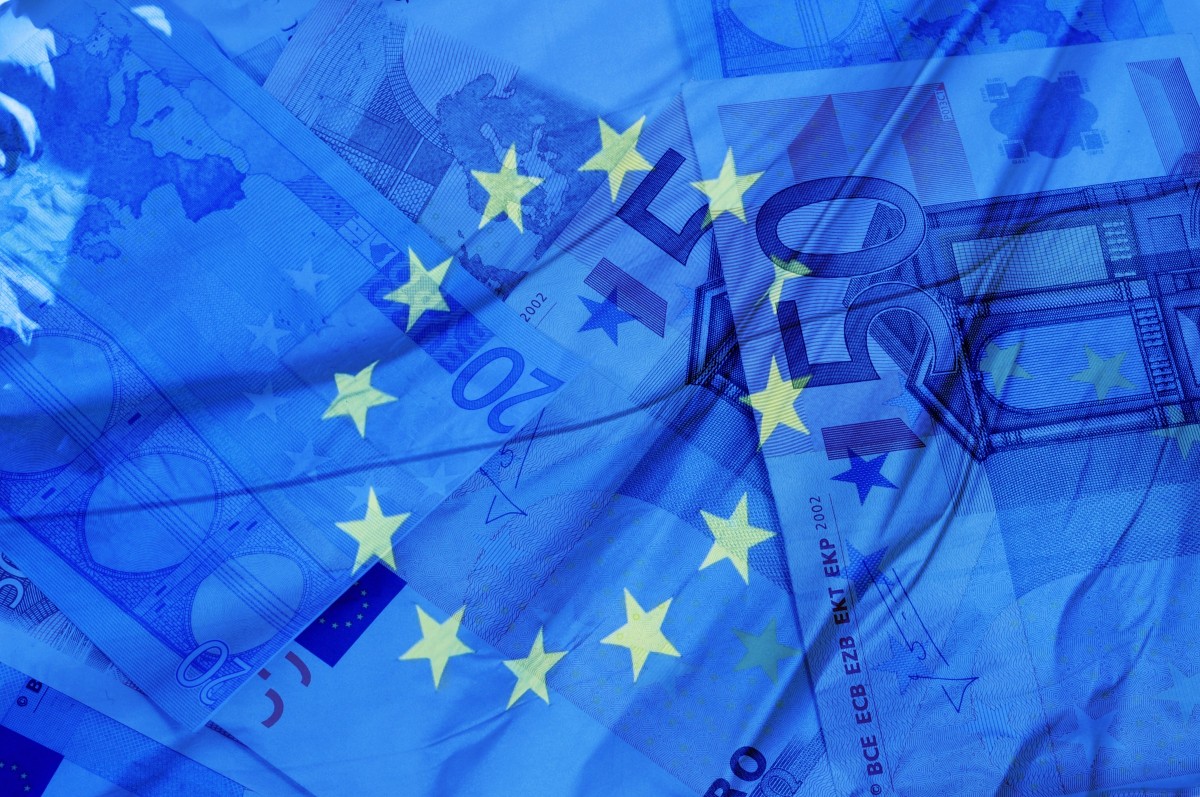Towards Another Reform Of Europe’s Fiscal Rules

The SGP has always been the official implementation of the 3% GDP deficit and 60% GDP debt criteria of the Maastricht Treaty, setting up the foundations of the monetary union. It was the instrument to monitor and coordinate national fiscal and economic policies to enforce the deficit and debt limits. established by the Maastricht Treaty. Since its signing in 1997, there have been several reviews, amendments, and changes, shifting from a fully rules-based system to longer-term orientations, prevention and more precise correction of excessive public finances. However, the right mix between rules and discretion, short-term and long-term orientation, investment needs, and sustainable public debt has never really been found. Currently, for example, the fiscal rules have basically been suspended since the start of the pandemic in March 2020. It is important to remember that in all the previous changes, the 3% deficit and 60% debt thresholds have never been subject of discussion as these limits are laid down in the European Treaties and cannot easily be changed.
A new approach with carrots and a powerful stick
The European Commission on Wednesday did not propose a new set of fiscal rules but rather presented a new approach and framework to fiscal policy surveillance in the EU. In Eurocrat terms, the Commission presented a communication and not a proposal for a regulation, directive or a change in the EU Treaties, nor a communication that lays out how the European Commission will re-interpret the current rules. Therefore, the European Commission’s proposals are a starting point for what can still be a very long discussion but not the final version of any new set of fiscal rules.
The Commission’s new framework keeps the 3% deficit and 60% debt targets untouched but introduces greater flexibility and more adjustments to country-specific situations. EU countries will have to present four-year plans on how to reduce debt, whereas highly indebted countries can be granted an additional three years. These plans will then have to be negotiated with the European Commission and then approved by the European Council. This is very similar to the national reform programs governments had to present in order to qualify for money from the European Recovery Funds. The debt reduction pace will no longer follow the 1/20th rate of annual debt reduction in excess of 60% of GDP but will be replaced by country-specific formulas, which would also include a debt sustainability analysis.
According to the European Commission’s paper, there will be a clear shift towards focusing solely on government expenditures as the relevant policy indicator. In this regards, interest rate payments and cyclical unemployment spending should be excluded from the measurement of an expenditure path.
Contrary to what some experts had called for, the European Commission did not propose a new ‘golden rule’, excluding certain public expenditures from deficit and debt calculations. Instead, the European Commission chose a more indirect approach, allowing countries more time to reduce government debt if they commit to growth-friendly reforms and investments.
By giving more time to reduce government debt and by opening the door for more flexibility and investments, the European Commission has clearly offered several carrots to the fiscal doves. At the same time, however, the European Commission also emphasized that it actually is willing to use a very powerful stick: the so-called Excessive Deficit Procedure (EDP) on too high government debt. Up to now, governments have only been reprimanded and sanctioned for having budget deficits higher than 3% of GDP but the Treaties also foresee an EDP for debt in excess of 60% of GDP. By activating an EDP on debt, any high-debt country would de facto be put under strict surveillance by the European Commission almost forever. Very powerful but politically also highly explosive.
It's only the start of a long discussion
All in all, the European Commission has finally made the first move in what will probably still be a very long discussion to agree on yet another reform of the fiscal rules. The intentions are clear: the European Recovery Funds and the national reform programs were a kind of blueprint for a framework that opens the door to country-specific developments and plans and also gives the European Commission more discretionary power. However, while the European Recovery Funds is a source of money for governments, providing an automatic incentive to comply with any rules, the ‘only’ upside for governments to comply with these debt reduction paths is to avoid sanctions. A very different approach. It will only work if the new flexibility and more room for investments is rightly balanced with fully committed and strict enforcement. In any case, it will still take a long while before European governments will find an agreement on any reform of the fiscal rules. Until then, it will rather be financial markets disciplining governments than any new set of rules.
More By This Author:
Germany’s Long Slide Into Recession Continues
Inflation Shock Gets Worse In Germany
German Economy Sees Surprise Growth In The Third Quarter
Disclaimer: This publication has been prepared by ING solely for information purposes irrespective of a particular user's means, financial situation or investment objectives. The information ...
more


